Keeping Retention Ponds Healthy-Fix Your Retention Pond Health Issues and BMP Care Failures in Wichita Kansas!
Retention Ponds Are Vital for Flood Safety
The main purpose of a retention pond (or BMP) is to reduce the destructive force of storm water. All retention ponds are designed to do these tasks: lower local flood damage, reduce erosion, dilute lawn and street chemicals, absorb heavy metals, preserve nature and recreational fishing spots. Issues with algae, cattails, or dead fish are not good for retention pond health.
Our Experience With Fish Kills In Wichita
I am an aquatic gardener. Because of my experience with fish, I offer rapid cleaner services for dead fish in ponds. This is terribly stinky task! We have removed fish from the same pond three times in one West Wichita neighborhood! Summer 2013, 2016 and 2018. Neighbors reported smaller incidents in other years. But the times we were called to help, we removed many barrels of material. Most of it was Gizzard Shad- a fish recommended for making stink bait. I have no interest in the stink bait business. I am against Big Stink.
What Retention Pond Health Issues cause a wildlife tragedy?

Our cleanup job does not include investigating the loss of fish. But we get asked by curious minds every time. Regardless, we are advocates of prevention. We like to solve these ecological mysteries. So during cleanup, I record the same biotic factors that are vital in models of koi ponds. In each pond that we find Gizzard Shad, identified by their small mouth, the water is very green. Of course plankton algae make the water green. Plankton also add oxygen to the water, thereby keeping retention ponds healthy. Excess nutrients in the water overfeed plankton and cause algae blooms. But curiously, Gizzard Shad have small mouths for eating this plankton. So can the cruel hand of nature end green water and stink bait at the same time?
Shockingly, in the worst incident, dead Gizzard Shad comprised 75% of the pond fish population. We base this on KDWPT carrying capacity figures. The Kansas Department of Wildlife Parks and Tourism vaguely states that “die-offs of dense vegetation, which usually occur after periods of cloudy weather” can threaten fish. But Spencer Harbin of Harbin Fish Farms warns that weather clouds can kill algae and deplete pond oxygen. Furthermore, problem ponds in West Wichita are often shallow. As a result, we believe that summer turn-over alone does not cause shad events.
Sadly, gizzard shad kills ensuing an algae bloom die-off are not well-documented. But our cleanup data and outside field reports show this fish may fall victim to low oxygen. . When 3 similar fish kills occured in 5 years this HOA retention pond health was dire.
Aeration and Aquatic Landscape Beautification Will Solve Big Problems
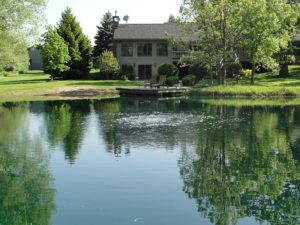
During emergencies, fish farms turn on paddle agitators. This adds oxygen to their ponds. They are not practical for keeping retention ponds healthy, nor do they solve the underlying issue. Rather, nutrients cause *too much* green water. When the plankton dies, the fish suffocate. Living Waters Aquariums & Ponds models success on even smaller scales: aquariums. We overcome this pond failure with a program involving aeration pumps and phytoremediation. Homeowners typically welcome our nominal ecological alterations. We choose aquatic plants that do not cause problems to anglers. These plants detoxify the aquatic soil. This healthy soil supports better fish and consumes more nutrients than plankton. The water becomes less green and more healthy. Gizzard Shad populations shrink to a sustainable level. Surprisingly, the cost of vegetation management services is competitive with the cost of neighborhood weed control.
Related: 10 Ways to Delegate your Retention Pond Maintenance
Every pond has different ecological factors. Therefore, we encourage pond owners to learn about our comprehensive package for improving retention pond health.

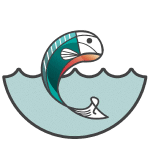
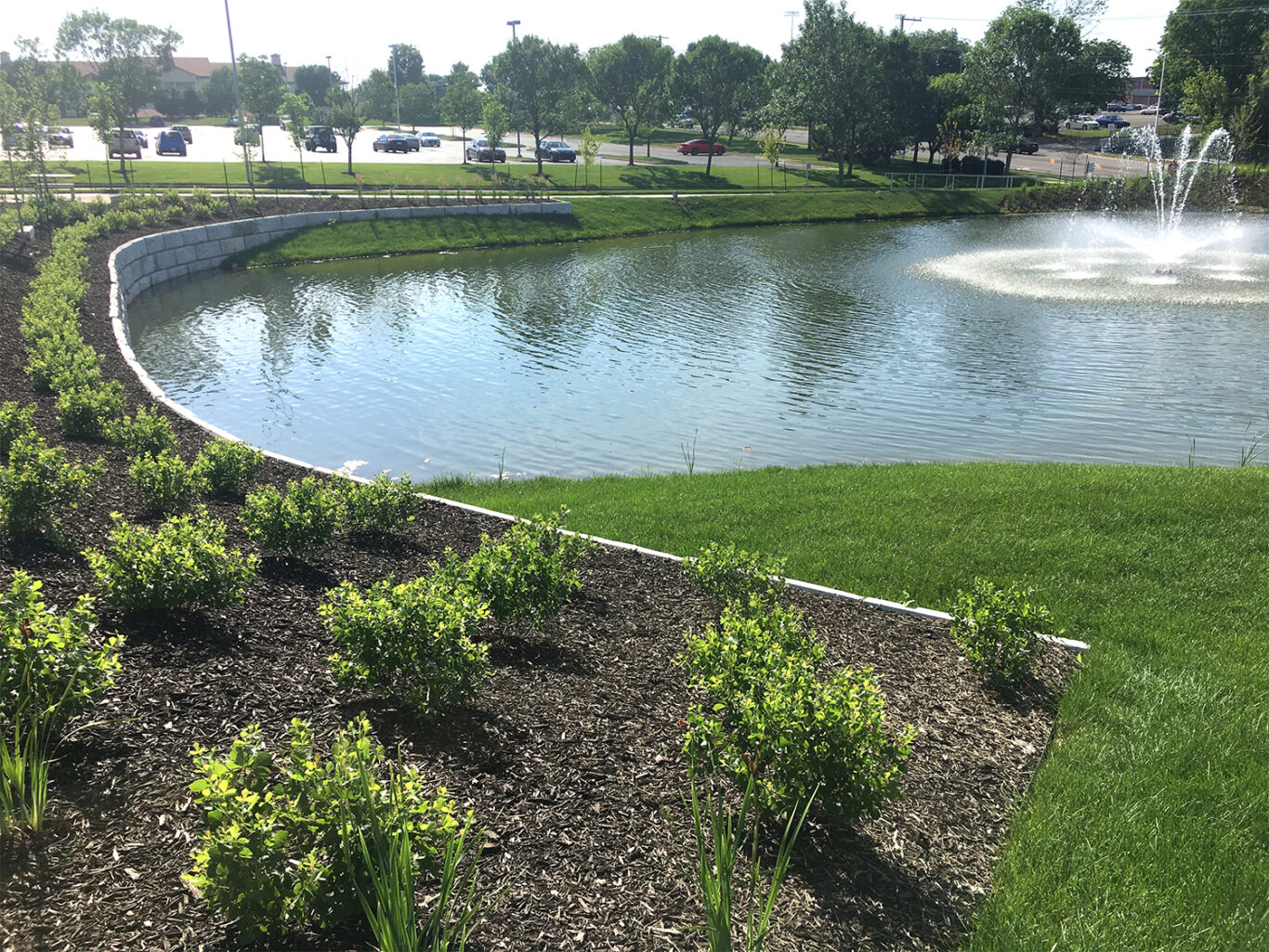

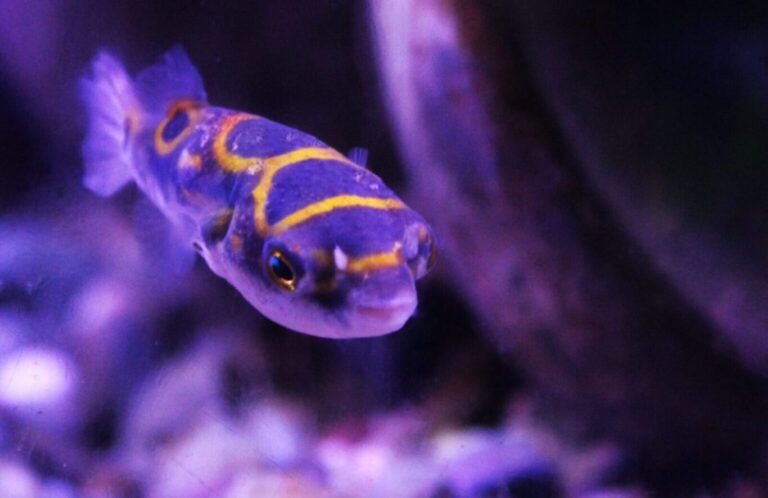
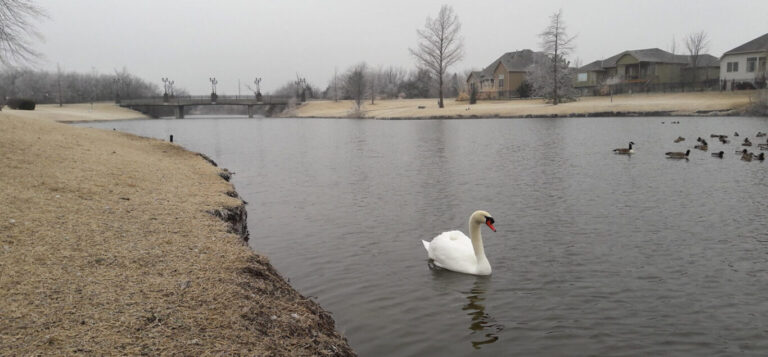

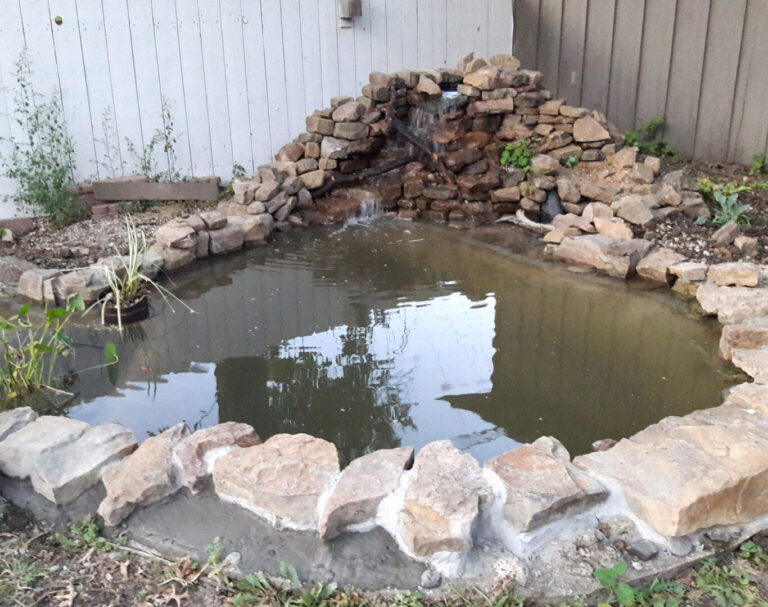
One Comment
Comments are closed.